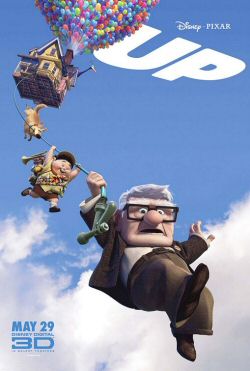 #110 at time of writing.
#110 at time of writing.This film's antagonist, Anton Chigurh as played by Javier Bardem, is the most uncompromising character ever to grace the silver screen. The story isn't about him - it's about the cop who chases him and the crook who's running away from him - but it's Anton Chigurh and his cattle bolt-gun that linger in the mind after the credits roll. He is the ultimate bad-ass. It must be true, Vanity Fair says so.
I've said before that I find the Coen Brothers variable, but this reasonably faithful Cormac McCarthy adaptation bolts the nail in the head. It's the most heavily Oscared Coen Brothers film, and deservedly so. (In fact, only two Best Director Oscars have ever been split between two directors - this one and West Side Story.)
The story is simple: A hunter in the middle of the Texan desert stumbles upon some dead bodies, a stash of heroin and more than $2 million in cash. He takes the money and runs, with a jaded cop and a motley crew of criminals in pursuit. The result is a wide-open Western-style film - full of deserts and death. It's bleak, violent, tense, blackly funny and meditative, with a creepy sense of fated inevitability. Pure cinema.





